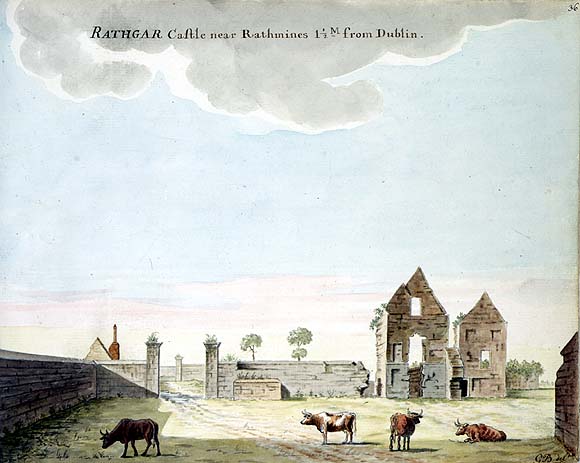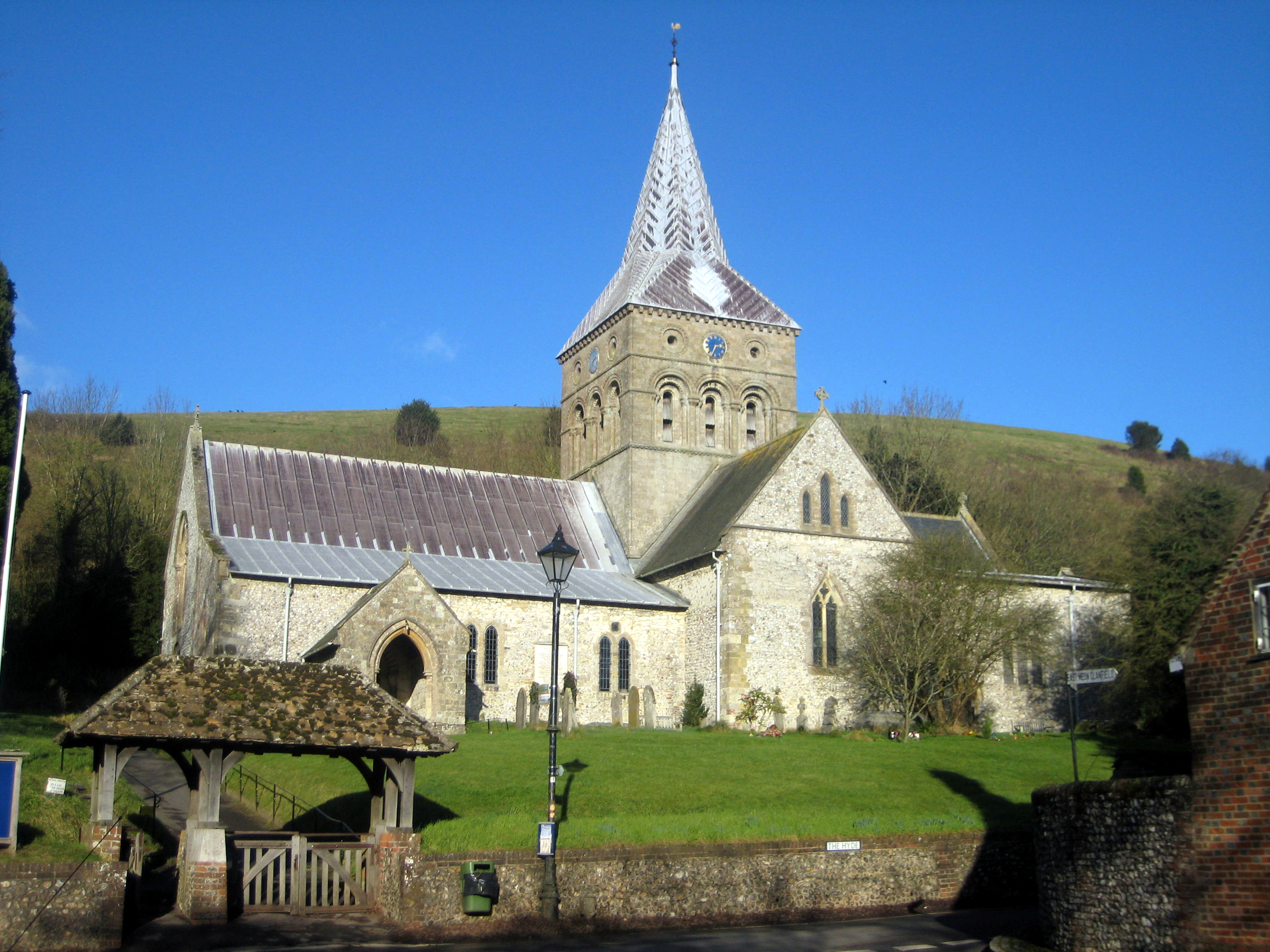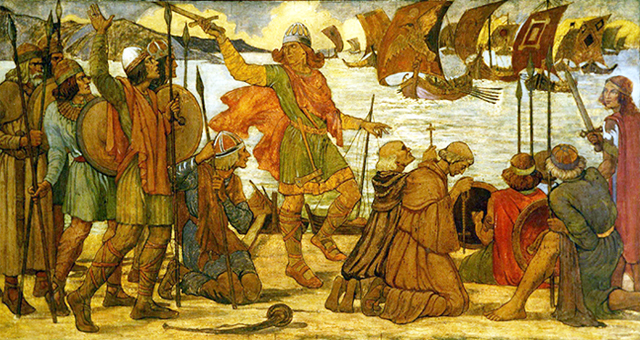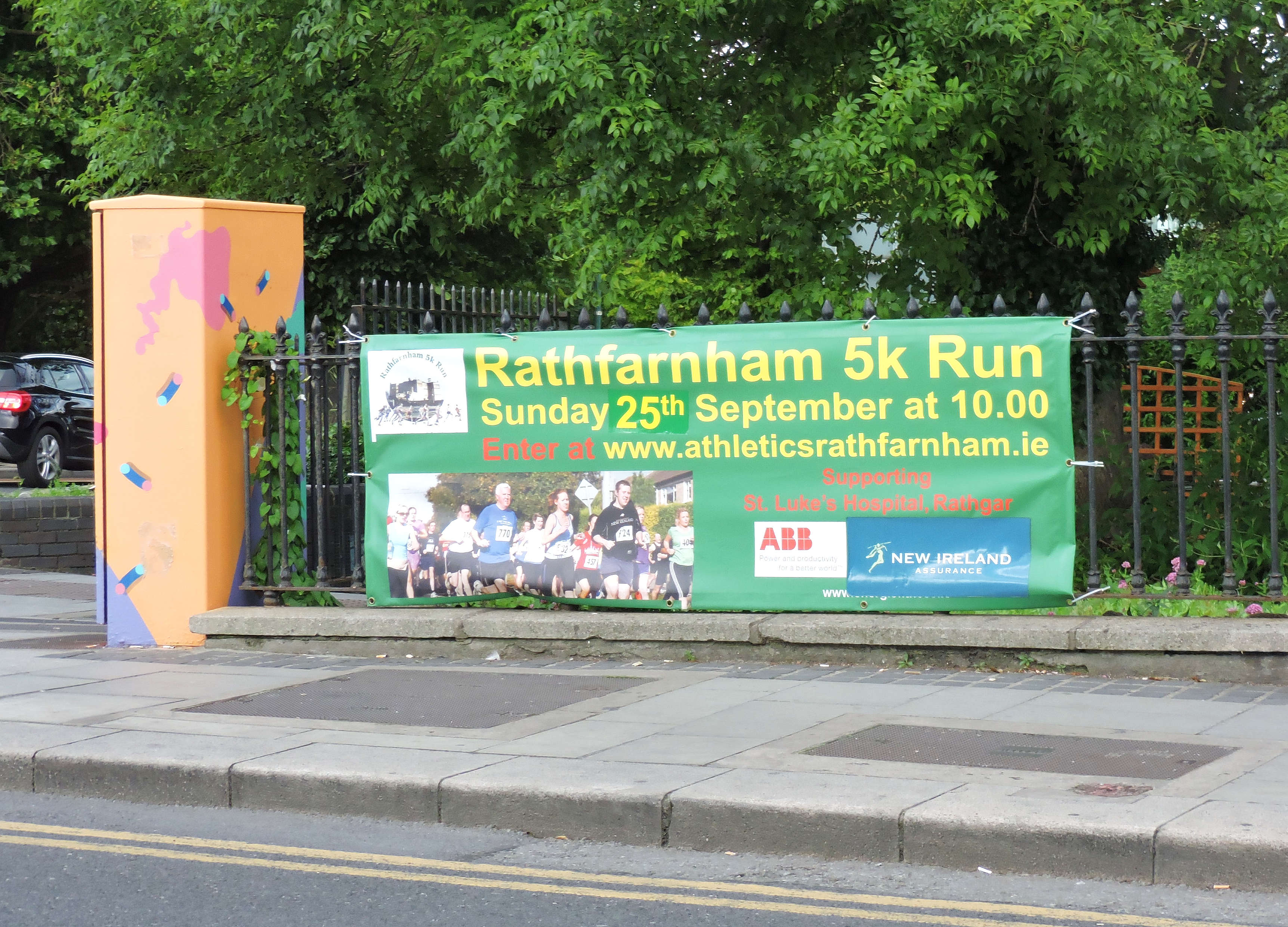|
Rathmines
Rathmines (; ) is an inner suburb on the Southside (Dublin), Southside of Dublin in Ireland. It begins at the southern side of the Grand Canal of Ireland, Grand Canal and stretches along the Rathmines Road as far as Rathgar to the south, Ranelagh to the east, and Harold's Cross to the west. It is situated in the city's List of Dublin postal districts, D06 postal district. Rathmines is a commercial and social hub and was well known across Ireland as "Flatland"—an area where subdivided large Georgian and Victorian houses provided rented accommodation to newly arrived junior civil servants and third-level students from outside the city from the 1930s. However, in more recent times, Rathmines has diversified its housing stock and many historic houses formerly divided into often tiny flats and bedsits have in a process of gentrifying been re-amalgamated into single-family homes. Rathmines gained a reputation as a "Dublin Belgravia" in the 19th Century. Name Rathmines is an Anglici ... [...More Info...] [...Related Items...] OR: [Wikipedia] [Google] [Baidu] |
Dublin City Council
Dublin City Council () is the Local government in the Republic of Ireland, local authority of the city of Dublin in Republic of Ireland, Ireland. As a city council, it is governed by the Local Government Act 2001. Until 2001, the authority was known as Dublin Corporation. The council is responsible for public housing and community, roads and transportation, urban planning and development, amenity and culture and natural environment, environment. The council has 63 elected members and is the largest local council in Ireland. Elections are held every five years and are by single transferable vote. The head of the council has the honorific title of Lord Mayor of Dublin, Lord Mayor. The city administration is headed by a Chief executive (Irish local government), chief executive, Richard Shakespeare. The council meets at City Hall, Dublin. Legal status Local government in Dublin is regulated by the Local Government Act 2001. This provided for the renaming of the old Dublin Corporation ... [...More Info...] [...Related Items...] OR: [Wikipedia] [Google] [Baidu] |
Ranelagh
Ranelagh ( , ; , ) is an affluent residential area and urban village on the Southside of Dublin, Ireland in the postal district of Dublin 6. Ranelagh was originally a village called Cullenswood. It has a history of conflict, including the attack on English inhabitants in 1207 and the Battle of Rathmines in 1649. Incorporated into Dublin in the 19th century, it experienced significant development. Ranelagh Gardens, a popular entertainment venue, was established in the 1770s, and Richard Crosbie famously flew in a hot air balloon from the Gardens in 1785. In the 1970s and 1980s, areas of Ranelagh were bought for office space development. Today, the district is part of the local electoral area of Pembroke. Ranelagh is home to several primary and secondary schools, including Scoil Bhríde, the first Irish-language school in Ireland, and Ranelagh Multi-Denominational School. Ranelagh has been the setting for a number of literary and film works, such as Lee Dunne's ''Goodbye to t ... [...More Info...] [...Related Items...] OR: [Wikipedia] [Google] [Baidu] |
Dublin Bay South (Dáil Constituency)
Dublin Bay South is a parliamentary constituency that has been represented in Dáil Éireann, the lower house of the Irish parliament or Oireachtas, since the 2016 general election. The constituency elects four deputies ( Teachtaí Dála, commonly known as TDs) on the system of proportional representation by means of the single transferable vote (PR-STV). History and boundaries It was established by the Electoral (Amendment) (Dáil Constituencies) Act 2013. The constituency incorporates the entirety of the former Dublin South-East constituency with the addition of territory from Dublin South-Central, centred on Terenure and Harold's Cross. The constituency was named Dublin Bay South for "reasons of symmetry", with the new Dublin Bay North constituency. The Constituency Review Report 2023 of the Electoral Commission recommended that at the next general election Dublin Bay South be altered by the transfer of territory to Dublin South-Central. The Electoral (Amendment ... [...More Info...] [...Related Items...] OR: [Wikipedia] [Google] [Baidu] |
Battle Of Rathmines
The Battle of Rathmines was fought on 2 August 1649, near the modern Dublin suburb of Rathmines. Part of the Irish Confederate Wars, an associated conflict of 1638 to 1651 Wars of the Three Kingdoms, it has been described as the 'decisive battle of the Engagement in Ireland.' In late July 1649, a combined Irish Confederate/Royalist army under the Earl of Ormond, tried to capture Dublin, held by forces loyal to the Commonwealth, commanded by Michael Jones. Despite their superior numbers, Ormond's troops were routed by Jones' veterans, many of whom were members of the New Model Army. Their victory secured Dublin, enabling another 12,000 troops under Oliver Cromwell to land unimpeded, and begin the Cromwellian conquest of Ireland. Background The Irish Rebellion of 1641 led to the establishment of the Catholic Confederation, based in Kilkenny, and the Irish Confederate Wars. From 1641 to 1643, the main struggle was between the Confederation and Irish and English Royalists, w ... [...More Info...] [...Related Items...] OR: [Wikipedia] [Google] [Baidu] |
Rathgar
Rathgar () is a suburb of Dublin, Ireland Ireland (, ; ; Ulster Scots dialect, Ulster-Scots: ) is an island in the North Atlantic Ocean, in Northwestern Europe. Geopolitically, the island is divided between the Republic of Ireland (officially Names of the Irish state, named Irelan .... Originally a village, which from 1862 was part of the township of Rathmines and Rathgar, it was absorbed by the growing city and became a suburb in 1930. It lies about three kilometres south of the city centre. Location Rathgar is on the southside of Dublin, beside Dartry, Harold's Cross, Rathmines and Terenure. Other nearby suburbs are Crumlin, Kimmage, Milltown, Ranelagh, and Rathfarnham. The Grand Canal flows to the north. The majority of the area lies within the jurisdiction of Dublin City Council and straddles the postal boundary of Dublin 6. Rathgar is in the Dáil Éireann constituency of Dublin Bay South. History Rathgar in the Middle Ages was a farm belonging to ... [...More Info...] [...Related Items...] OR: [Wikipedia] [Google] [Baidu] |
Cromwellian Conquest Of Ireland
The Cromwellian conquest of Ireland (1649–1653) was the re-conquest of Ireland by the Commonwealth of England, initially led by Oliver Cromwell. It forms part of the 1641 to 1652 Irish Confederate Wars, and wider 1639 to 1653 Wars of the Three Kingdoms. Modern estimates suggest that during this period, Ireland experienced a demographic loss totalling around 15 to 20% of the pre-1641 population, due to fighting, famine and bubonic plague. The Irish Rebellion of 1641 brought much of Ireland under the control of the Irish Catholic Confederation, who engaged in a multi-sided war with Royalists, Parliamentarians, Scots Covenanters, and local Presbyterian militia. Following the execution of Charles I in January 1649, the Confederates allied with their former Royalist opponents against the newly established Commonwealth of England. Cromwell landed near Dublin in August 1649 with an expeditionary force, and by the end of 1650 the Confederacy had been defeated, although sporadic ... [...More Info...] [...Related Items...] OR: [Wikipedia] [Google] [Baidu] |
De Meones Family
The De Meones, or de Moenes family were an Anglo-Irish family who originated in East Meon in Hampshire. They moved to Ireland in the late thirteenth century, became substantial landowners in Dublin and Meath, and gave their name to the suburb of Rathmines. Foundations The family came from the village of East Meon in Hampshire. William de Meones, the first family member to live in Ireland, came from England in 1279–80 as a clerk in the entourage of John de Derlington, Archbishop of Dublin (Roman Catholic), Archbishop of Dublin.Ball, F. Elrington ''The Judges in Ireland 1221–1921'' John Murray London 1926 Vol.1 pp.58, 88 He acted as the Archbishop's executor following his death in 1284, and in that capacity he defended a lawsuit brought by Thomas de Chaddesworth, Dean of St Patrick's Cathedral, for expenses allegedly due to him.Monck, William Mason "''The History and Antiquities of the Collegiate and Cathedral Church of St Patrick near Dublin"'' Dublin 1820 p.113 He became ... [...More Info...] [...Related Items...] OR: [Wikipedia] [Google] [Baidu] |
Baggotrath Castle
Baggotrath Castle, or Baggotsrath Castle, was a castle situated at present-day Baggot Street in Dublin city centre. It was built in the late thirteenth century by the Bagod (later called Baggot) family, for whom it was named. For much of its history, it was owned by the Fitzwilliam family. During the English Civil War, possession of the castle, which was described as "the strongest fortress near Dublin", was a matter of great importance to both sides in the conflict, and it was largely destroyed during the siege of Dublin in 1649, on the eve of the Battle of Rathmines. The ruins of the castle remained on the site until the early nineteenth century when Dublin Corporation demolished what was left of it. No trace of it survives today, but it probably stood at present-day 44-46 Upper Baggot Street, facing Waterloo Road.Ball, F. Elrington ''History of Dublin'' 6 Volumes Alexander Thom and Co. Dublin 1902-1920 Vol.2 pp.42-8 Early history The castle and the surrounding distric ... [...More Info...] [...Related Items...] OR: [Wikipedia] [Google] [Baidu] |
Harold's Cross
Harold's Cross () is an affluent urban village and inner suburb on the south side of Dublin, Republic of Ireland, Ireland in the postal district List of Dublin postal districts, D6W. The River Poddle runs through it, though largely in an underground culvert, and it holds a major cemetery, Mount Jerome Cemetery, Mount Jerome, and Our Lady's Hospice. Geography Location Harold's Cross is situated north of Terenure and Rathgar, west of Rathmines, east of Crumlin, Dublin, Crumlin and Kimmage, and directly south from the Grand Canal of Ireland, Grand Canal at Clanbrassil Street, Dublin, Clanbrassil Street. It lies within the jurisdiction of Dublin City Council, and straddles the boundary of Dublin 6, Dublin 6W and Dublin 12 postal districts. The Poddle The River Poddle runs south to north through the area. At the southern end of the district, the river's course splits at the centuries-old "Tongue" or "Stone Boat" with part of its flow diverted underground into the "City Waterco ... [...More Info...] [...Related Items...] OR: [Wikipedia] [Google] [Baidu] |
County Dublin
County Dublin ( or ) is a Counties of Ireland, county in Republic of Ireland, Ireland, and holds its capital city, Dublin. It is located on the island's east coast, within the Provinces of Ireland, province of Leinster. Until 1994, County Dublin (excluding the city) was a single Local government in the Republic of Ireland, local government area; in that year, the county council was divided into three new administrative counties: Dún Laoghaire–Rathdown, Fingal and South Dublin. The three administrative counties together with Dublin City proper form a NUTS III NUTS statistical regions of Ireland, statistical region of Ireland (coded IE061). County Dublin remains a single administrative unit for the purposes of the courts (including the Dublin County Sheriff, but excluding the bailiwick of the Dublin City Sheriff) and Dublin County combined with Dublin City forms the Judicial County of Dublin, including Dublin Circuit Court, the Dublin County Registrar and the Dublin Metropolitan ... [...More Info...] [...Related Items...] OR: [Wikipedia] [Google] [Baidu] |
Rathfarnham
Rathfarnham () is a Southside (Dublin), southside suburb of Dublin, Republic of Ireland, Ireland in County Dublin. It is south of Terenure, east of Templeogue, and is in the postal districts of Dublin 14 and Dublin 16, 16. It is between the Local government in the Republic of Ireland, local government areas of Dún Laoghaire–Rathdown and South Dublin. Located within the barony (Ireland), historical baronies of Rathdown (County Dublin barony), Rathdown and Uppercross, Rathfarnham village originally developed around a fortification overlooking a ford on the River Dodder. From the medieval period, Rathfarnham was on the perimeter of the Pale (the area of Normans in Ireland, Anglo-Norman influence in Ireland, centred on Dublin), and a number of defensive structures were built in the area. Rathfarnham Castle, a fortified house, was built in the late 16th century. Developed around these structures, by the 19th century there were a number of mills operating in the area, and Rathfarn ... [...More Info...] [...Related Items...] OR: [Wikipedia] [Google] [Baidu] |
List Of Dublin Postal Districts
Dublin postal districts have been used by Republic of Ireland, Ireland's postal service, known as ''An Post'', to sort mail for addresses in Dublin. The system is similar to that used in cities in Europe and North America until they adopted national postal code systems in the 1960s and 1970s. These were incorporated into a new national postcode system, known as Eircode, which was implemented in 2015. Under the Eircode system, the city is covered by the original routing areas D01 to D24, along with A## and K## codes for locations elsewhere in County Dublin. History The postal district system was introduced in 1917 by the British government, as a practical way to organise local postal distribution. This followed the example of other cities, including London, first subdivided into ten districts in 1857, and Liverpool, the first city in United Kingdom of Great Britain and Ireland, Britain or Ireland to have postcodes, from 1864. The letter "D" was assigned to designate Dublin and w ... [...More Info...] [...Related Items...] OR: [Wikipedia] [Google] [Baidu] |







